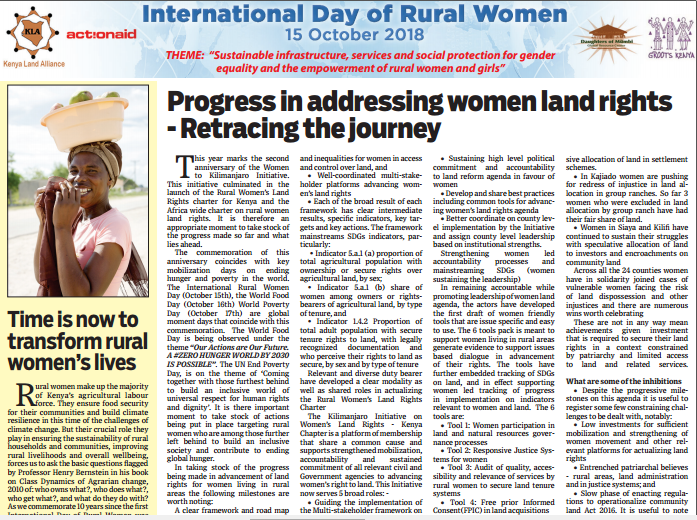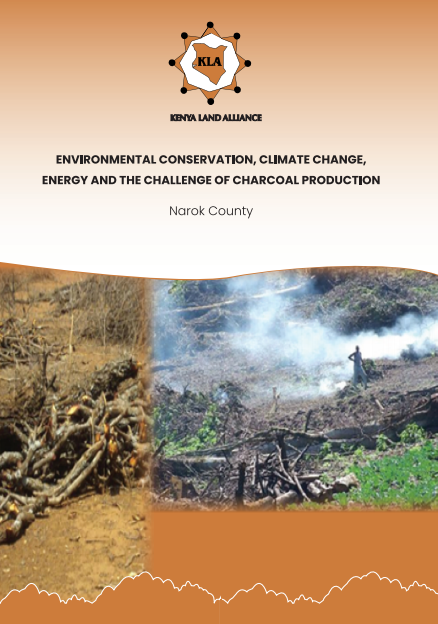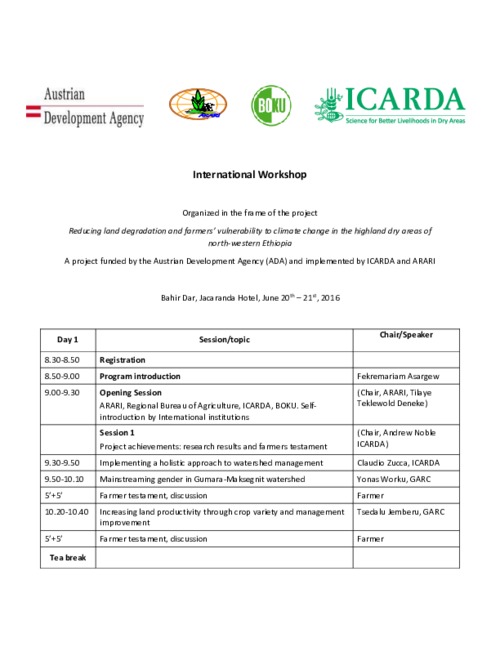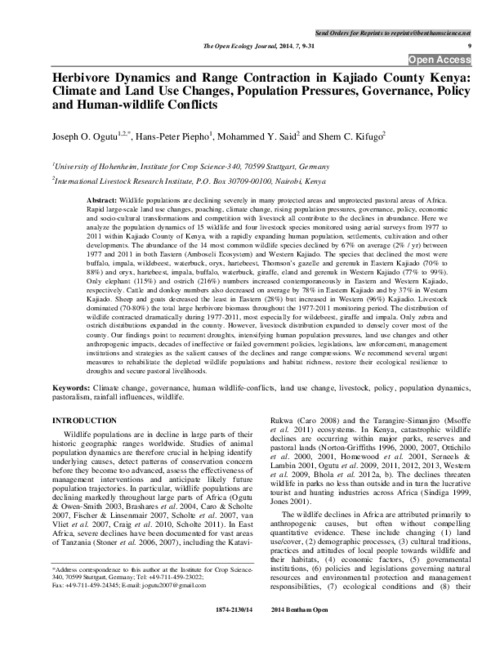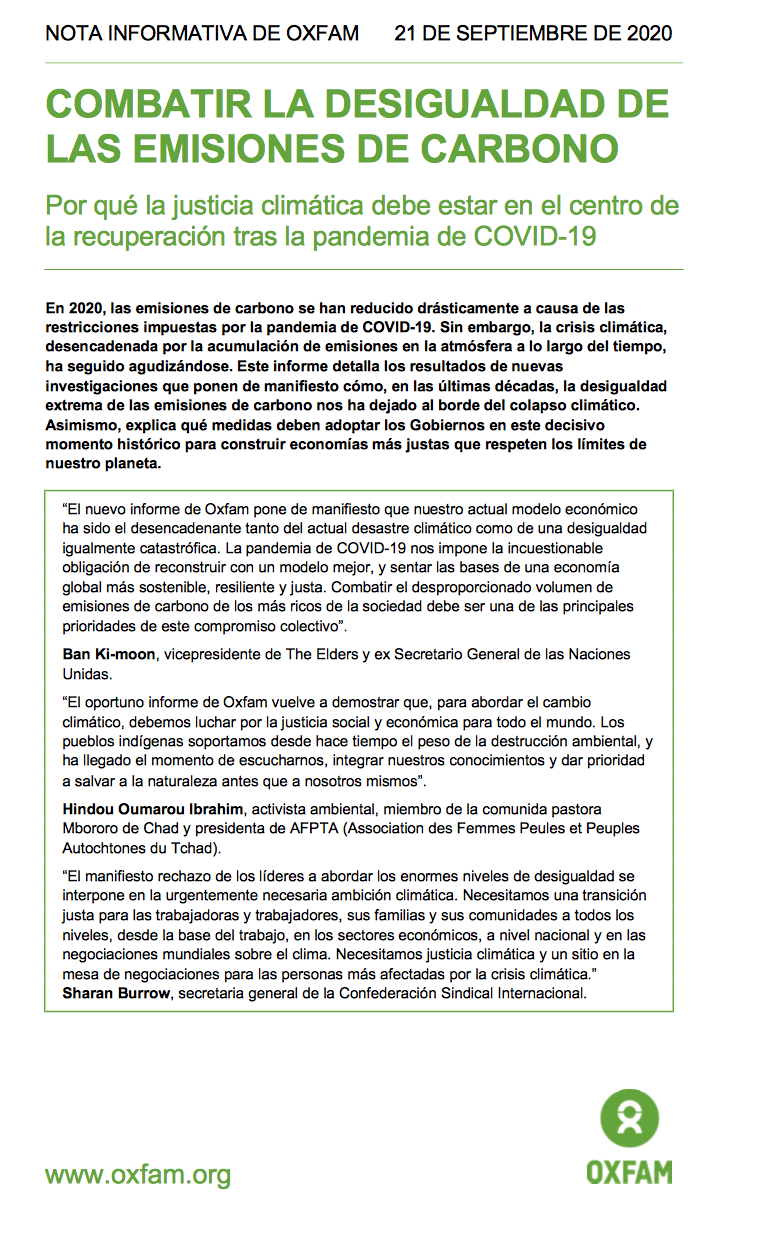Potentials, Limitations, Co-Benefits, and Trade-Offs of Biochar Applications to Soils for Climate Change Mitigation
Biochar is one of the most affordable negative emission technologies (NET) at hand for future large-scale deployment of carbon dioxide removal (CDR), which is typically found essential to stabilizing global temperature rise at relatively low levels. Biochar has also attracted attention as a soil amendment capable of improving yield and soil quality and of reducing soil greenhouse gas (GHG) emissions. In this work, we review the literature on biochar production potential and its effects on climate, food security, ecosystems, and toxicity.



